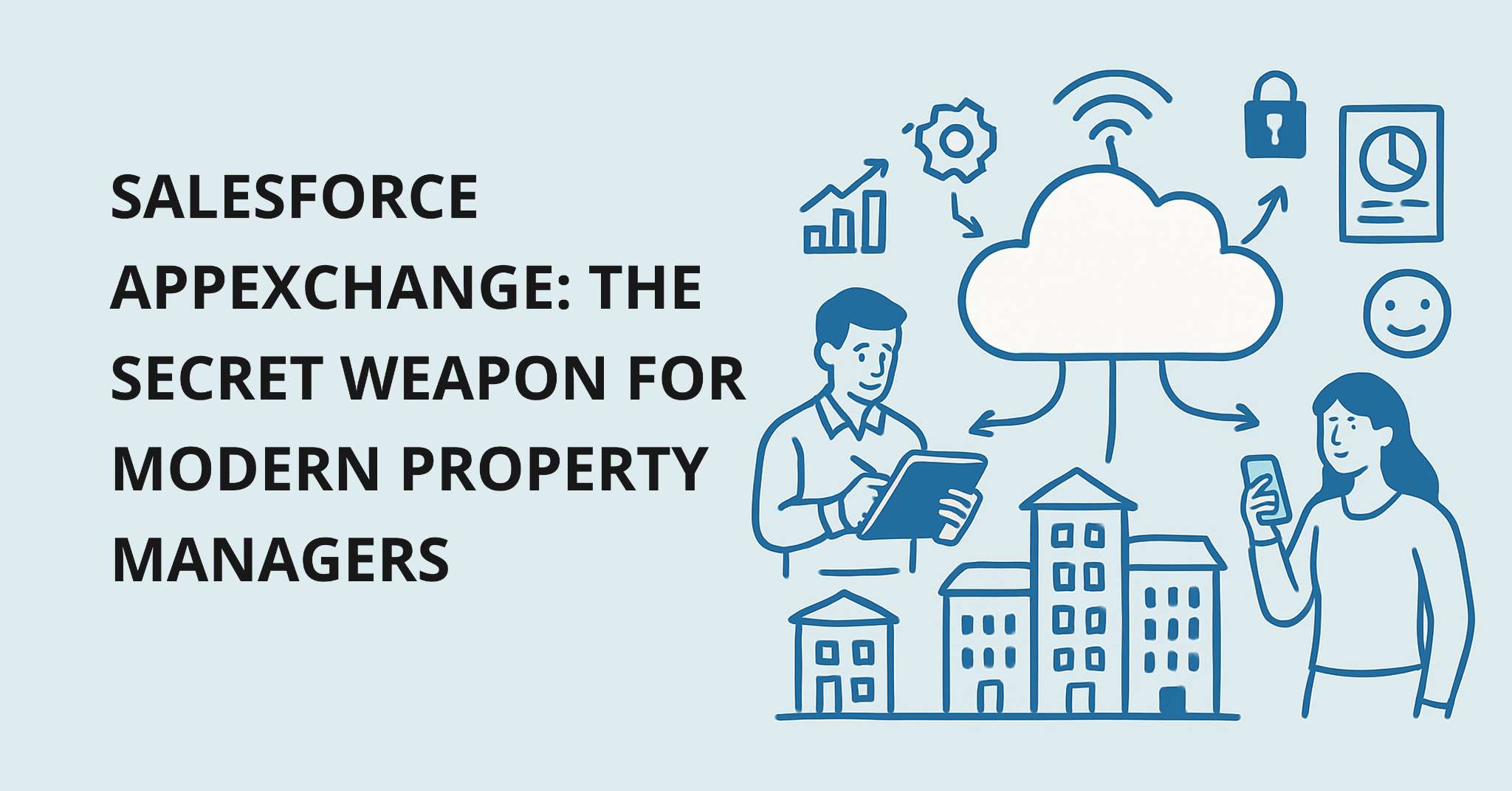In order for a hotel to determine its performance level and overall success, they can calculate various results from Key Performance Indicators, or KPIs. One of the KPIs that hotels can utilize is occupancy rate; simply put, the number of rooms that are in use during a given day or time period divided by the total number of rooms. Success is measured many different ways in the hotel industry, but occupancy rate is one of the most important factors to managing a hotel.
In this article, we will explore occupancy rate in more detail as well as discuss potential avenues to improve it, such as pattern forecasting and personalized marketing. While 100% occupancy rate is something to shoot for, there are ways that rates less than 100% will still provide the same or more revenue. We’ll provide some ways to increase your rate and ultimately, increase your profit.
Key Performance Indicators
KPIs are mostly used by hotels for revenue management: is a hotel bringing in enough revenue to cover their own costs and produce extra profit? Is the property value going up or down? Should a hotel adjust the price of each room as a response to KPIs?
Other KPIs include RevPAR (revenue per available room), ADR (average daily rate), and ARR (average room rate). In order to determine a hotel’s performance, all of these KPIs need to be taken into consideration. However, in order to fully understand the numbers and percentages that come out of these KPIs, you have to consider the context, season, or situations that occurred with these datasets.
For example, even though an occupancy rate may be lower, the RevPAR may be higher; without looking at the surrounding data, it can be confusing to have these rates next to each other. There are multiple factors to take into account along with KPIs.
How to Calculate Occupancy Rate

As mentioned before, you can determine occupancy rate by taking the number of rooms occupied and dividing it by the total number of rooms in the hotel. For example, if you have 115 rooms and 85 of them are occupied in one night, that day’s occupancy rate is about 74%.
85 rooms | = | 0.739 (x100) → 74% |
115 rooms |
Of course, this is only taking into account the occupancy rate on one day/night. You can calculate the rate over a week, month, or even a year. As such, it gets a little more complicated as you increase the number of days for the occupancy rate, which is why there are online calculators that hotels can use in order to generate these numbers. Our PMS can automatically calculate this for you, leaving the mathematics to someone else and saving you time.
How to Improve it

You may notice that your occupancy rate is at its highest on the weekends and lowest on the weekdays. This is normal, as guests are more likely to vacation or travel during the weekend. However, if you are looking to balance out these rates or make them as close as possible, there are some options to consider.
Take a look at the patterns that formed in the past year or so. Do you see any trends that you can take advantage of? Are there any local or regional events, such as sports, holidays, or shows, that increased your revenue or occupancy rate? Paying attention to local and regional happenings are a huge part of improving your occupancy. Particularly in college towns, gamedays, parent weekends, and holidays are incredibly important to note and market towards.
Even small town hotels can take advantage of local events such as antique shows, Christmas markets, and festivals to increase their occupancy. If you are already aware of these events, you can customize your marketing to specifically target individuals who may come to them. See if you can partner with any of the other local businesses in the area; you may be able to increase awareness or even work out some discounts that could benefit all businesses.
Make sure to take note of your price per room while you calculate your occupancy rate. It’s possible that you made more money one week with 70% occupancy rather than 100%, simply because the rate per room changed between those two weeks. That being said, remember to take into account other data in order to make sense of your KPIs as a whole.
Of course, you can utilize email marketing campaigns on a more regional or national scale if you are able. If you have an email marketing system that can handle it, you can determine what rates may work best at certain times and maximize your occupancy rates. Whatever the case, increasing awareness and finding the right price for your rooms at the right time are two major factors in improving your occupancy rates.






_-_A_Complete_Guide.png)











+for+Hotel+Chains.png)